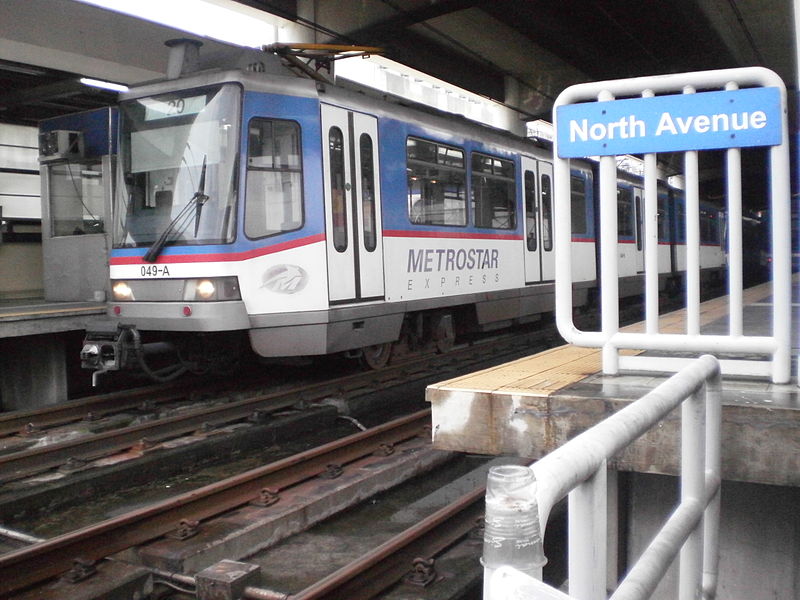Breaking
MRT Express Trains to start experimental run on May 7
MANILA (PNA) — The Metro Rail Transit-3 is set to start the experimental run of its Express Trains on May 7 after the Department of Transportation and Communications (DOTC) deferred such operations last week.
The MRT-3 Express Trains service will have a two-week experimental run from May 7 to 20.
This scheme comes after the rail system’s successful testing of extended operating hours last February and March.
The MRT management aims that through this Express Trains service, passengers can expect an increase of mobility and shorter waiting time.
“We hope that this trial run will yield positive results for passengers. Ideally, it will increase mobility — meaning it will get commuters from their origins to their destinations more quickly — as well as lessen waiting time at our most congested stations during peak hours,” said DOTC Secretary Joseph Emilio Abaya.
The experimental scheme is based on historical passenger data which indicate that most peak-hour weekday morning riders begin their trips at North Avenue station in Quezon City while most of these passengers drop off at the Buendia, Ayala, Magallanes, and Taft Avenue stations.
It is also based on the data that most peak-hour weekday afternoon riders start their trips from the Taft Avenue station, with a large number also coming from Magallanes, Ayala, and Buendia stations. Most of these passengers then alight at Cubao, GMA-Kamuning, Quezon Avenue, and North Avenue stations.
The Express Train scheme caters to service passengers at the specific stations where they are at peak. Hence, the Express Trains will skip and go directly to stations with most activity.
From May 7 to 13, southbound Express Trains will be deployed alternately with regular trains from the North Avenue station from 7 a.m. to 9 a.m. Meanwhile, from May 14 to 20, the same experimental morning schedule will be implemented, with the addition of northbound Express Trains running alternately with regular trains from the Taft Avenue station from 5 p.m. to 7 p.m.
All Express Trains have only five stops from the time they are deployed from end-stations. The first stop will be at the first station with the most number of passengers, before going directly to the second to fifth stops where most commuters drop off. The designation of the five stops is based on the said historical passenger data.
It also means that both morning and afternoon trips will each ply three different routes to maximize the experiment’s impact on riders.
For the morning runs beginning at North Avenue station, the first Express Train will make a pick-up stop at the Quezon Avenue station, the second Express Train will pick-up from the GMA-Kamuning station, and the third Express Train will pick-up from the Cubao station.
Each one will then proceed to Buendia, Ayala, Magallanes, and Taft Avenue stations. This cycle will be repeated alternately with regular trains during the 7 a.m.-9 a.m. peak hours.
For the afternoon runs beginning at Taft Avenue station, the first Express Train will make a pick-up stop at Magallanes station, the second Express Train will pick-up from Ayala station, and the third Express Train will pick-up from Buendia station.
Each one will then proceed to Cubao, GMA-Kamuning, Quezon Avenue, and North Avenue stations. This cycle will be repeated alternately with regular trains during the 5 p.m.-7 p.m. peak hours.
DOTC has ordered the MRT management to further disseminate information and advisories about the Express Trains inside the conspicuous areas of the station.
MRT will also update passengers over its public address system to inform them if the approaching train is a regular train or an Express Train, and which route it is following.
The rail system will evaluate the results of the experimental run after two weeks and make its recommendation to the DOTC on whether the Express Train should be made permanent. (PNA) SCS/JDM






















